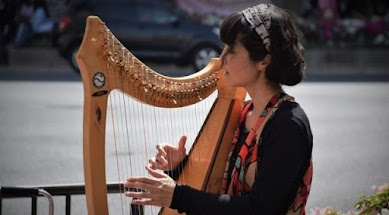The significance of the shamrock
Three-leaved plant known as the "shamrock" is frequently used as a symbol of Ireland and is strongly related to Irish culture. Saint Patrick, the patron saint of Ireland, is reputed to have used the plant to teach the Irish people about the Holy Trinity.
The three leaves of the shamrock are said to have been employed by Saint Patrick to illustrate the Christian doctrine that God is one being made up of three persons: the Father, the Son, and the Holy Spirit. Hence, the shamrock evolved into a potent representation of the Christian faith in Ireland and has been linked to Saint Patrick ever since.
Irish folklore and culture have a long connection with the shamrock. The shamrock was revered in paganism as a sacred plant that symbolized the triple goddess of Celtic mythology. The plant was frequently used as a talisman to ward off evil spirits since it was believed to have protective properties.
The shamrock is still utilized frequently in St. Patrick's Day celebrations and other Irish-themed events today since it is a significant symbol of Irish heritage and culture. The plant is also widely recognized as a good luck charm, and many people carry or wear objects with shamrock themes to bring luck.
The shamrock is prized for its therapeutic qualities in addition to its cultural and religious importance. The plant is occasionally used as a natural treatment for high blood pressure and other disorders. It has been used for millennia to cure a wide range of illnesses, including digestive and respiratory problems.
Overall, the shamrock, which has deep roots in both Christian and pagan traditions, is a significant symbol of Irish culture and heritage. The shamrock is a potent representation of Irish identity and pride, regardless of whether you're celebrating St. Patrick's Day or just taking in the beauty of this famous plant.






Comments
Post a Comment